The new semester is underway and I am embarked on my biannual rebalancing act, whereby I have to find new psychic accommodation for my own reading and writing while teaching (oddly, I find this somewhat easier than the start of the summer, when teaching suddenly goes away and I’m left to reckon with myself). In spite of its title, I intend this to be a somewhat miscellaneous post (I nearly titled it after the Miscellany News, the newspaper of my alma mater Vassar College. It still exists!). Uppermost in my mind is 21: The Final Unfinished Voyage of Jack Aubrey; a shiny new copy is waiting for me at my local bookstore, and I both look forward to and dread reading it, because that will be truly The End. Of course it’s never the end for any work of fiction, much less the river of a roman fleuve like the Aubrey-Maturin series, and in fact I have already fallen into rereading Master and Commander and am a third of the way into Post Captain: my fifth go-round, I believe. Nonetheless, 21 will mark the end of this particular cycle of reading and writing about O’Brian’s work. I have, incidentally, decided to paywall my previous writing, with an eye to perhaps collecting the essays in book form. Thus:
I’ve been obsessed with Patrick McGoohan’s visionary 60s television show The Prisoner since I first encountered it on a series of grainy VHS tapes on a 13” TV set in a friend’s bedroom in my senior year of high school, circa 1987. Naturally at the time it resonated, like Pink Floyd’s The Wall, with a semi-alienated young man prone to mistake privileged whining for a declaration of principle. Yet even as I’ve made the accommodation with society that McGoohan’s Number Six refuses by more or less growing up, a part of my imagination goes on living in the show’s uncanny world. The Village—the bucolic yet sinister seaside town in which McGoohan’s recalcitrant ex-secret agent has been confined—continues to resonate in pop culture, most visibly in shows like Lost and The Leftovers (both created by Damon Lindelof, who’s acknowledged his debt to The Prisoner), but also I would argue in Twin Peaks, The X-Files, and every other movie or show in which an attractive small town populated by charming eccentrics gradually reveals itself to be a trap.
The Prisoner is the original “puzzle box” show, though it notoriously refuses to resolve itself, which frustrated viewers at the time and ever since. The puzzle box has the potential to be a more dangerous trap for its creator: Lindelof it seems will never live down the fumbled final season of Lost. The premise of The Prisoner is simple enough. A nameless James Bond-type, a secret agent working for the British government (it is sometimes implied that he is John Drake, the character McGoohan played in a more conventional spy show, called Danger Man in the U.K. and Secret Agent here) is fed up for unspecified reasons and resigns from the service. (This is all conveyed in the famous, gorgeously made opening credits sequence that begins nearly every episode). When he returns home and begins packing for what we assume is a well-deserved vacation, he is gassed into unconsciousness. He wakes up in what looks like his own London apartment, but opening the window finds himself in… The Village.
What follows the kidnapping is a kind of parody of the catechism (McGoohan was such a devout Catholic that he reportedly refused to do romantic scenes). In this case it is the Prisoner who asks the questions and Number Two, the authority figure played by a different actor in almost every episode, who answers them:
Where am I?
In the Village.
What do you want?
Information.
Which side are you on?
That would be telling. We want information… information… information.
You won’t get it!
By hook or by crook, we will.
Who are you?
The new Number Two.
Who is Number One?
You are Number Six.
I am not a number. I am a free man!
[Diabolical laughter.]
Every episode, Number Six tries to escape from the Village; every episode, he fails. The visual design is fabulous and I would wear Number Six’s black blazer with the white piping every day if I owned it. (Though these days I’m looking a little more like Leo McKern, the best of the Number Twos.) While from the beginning the show has an allegorical quality, it retains many of the features of the Cold War espionage story; we don’t know if Number Six has been captured by the Russians, if it’s his own side that fears he knows too much, or if there isn’t some third party or even some kind of East-West collaboration going on. At the same time, it’s clear that the show’s central focus is on the conflict between the individual and a modern society that isn’t necessarily all that differentiated along political or ideological lines.
It seems like I’m always thinking about this show in one way or another; it’s near the root of my fascination with stories about closed communities, which of course includes the wooden world inhabited by Jack and Stephen. I even wrote a little sequence of poems about it back in 2004, not long after watching the whole series on DVD for the first time in a dozen years—one poem for each of the 17 episodes (I am nothing if not consistent in my style of cultural commentary). Reading them again, I don’t know if they’re particularly… good. But they do suggest that I interpreted the show, and its notoriously enigmatic ending, in a conventionally downbeat way: There’s no escaping the domination of the Man, man! We are all prisoners! Always already! That’s reality, man!
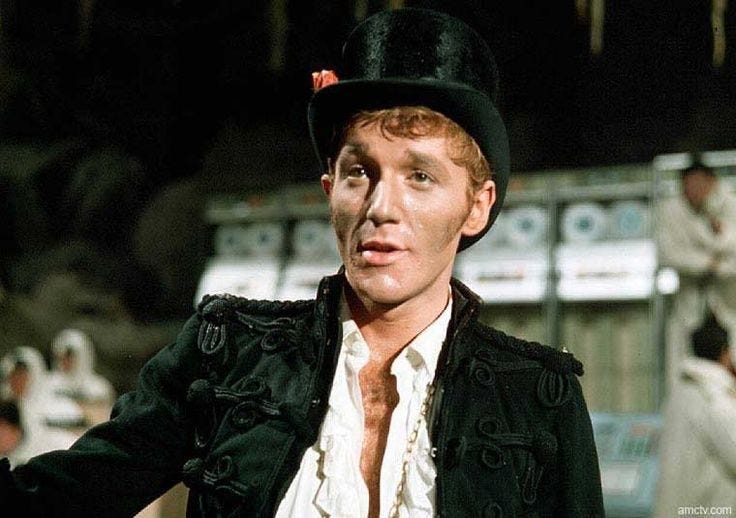
What brought the show, and a much more interesting reading of its ending, back to mind was the four-episode podcast Be Podding You, hosted by the always-entertaining “Judge” John Hodgman and former Daily Show writer Elliot Kalan. I was disappointed when I discovered that they don’t cover the entire run of the series—only the first two episodes (“Arrival” and “The Chimes of Big Ben”) and the last two (“Once Upon a Time” and “Fall Out”). And at first I was a little irritated by Hodgman—it’s clearly Kalan who’s the true believer, the nerd in love with the show, while Hodgman is more skeptical and pokes fun at it every chance he gets. Yet it was Hodgman’s summation of his interpretation of the final episode that I found most resonant, even poignant, and relevant to how I understand it now.
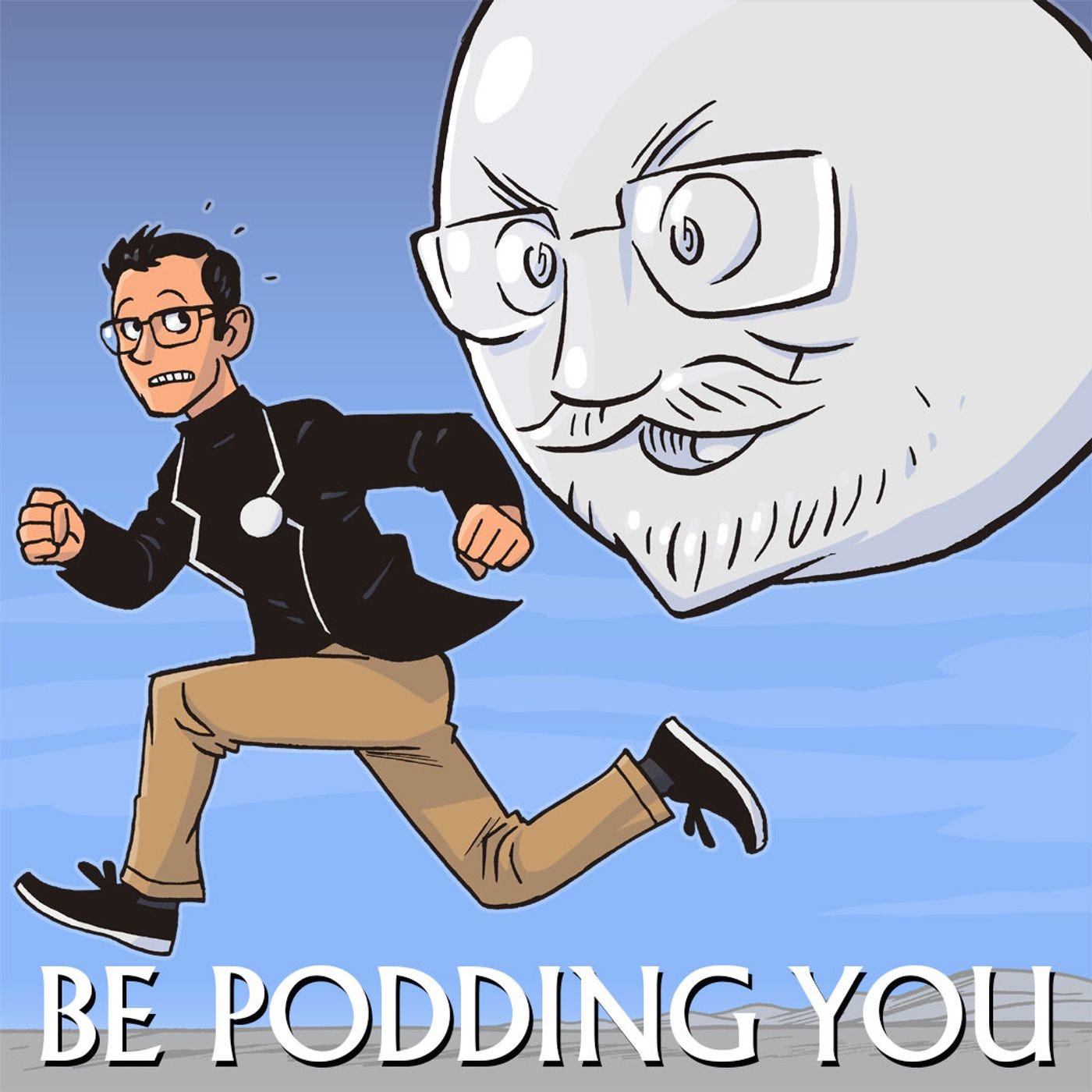
“Fall Out” is kind of impossible to summarize, especially if you haven’t seen the episode immediately preceding it, and at least a few of the earlier episodes on top of that. But for our purposes, all you need to know is that, having defeated the most formidable of the Number Twos, Number Six is told that he has won, and is given the choice of taking over the Village or departing. But he has never stopped asking that question from the opening credits: “Who is Number One?” Well, not to spoil an episode of television that’s older than I am, Number One turns out to be—himself. It’s he that’s been keeping himself prisoner, all along. With the help of some enemies turned friends—including the Butler and Leo McKern’s Number Two—Number Six blasts out of the Village in an uncharacteristically violent shoot-out (scored to the Beatles’ “All You Need Is Love”) and finds himself back in London. The other characters, in our last glimpses of them, are credited by the names of the actors who play them; when we see McGoohan, however, he is credited simply as “Prisoner.” In the final two shots of the series he’s driving the iconic Lotus Mark VI (yes) down a blank highway as we hear the thunder that obscures his resignation speech in the opening credits. We get a close-up on his grinning face and the series ends.
Kalan has an interesting “in-world” interpretation of these final moments: the entire episode, nay the entire show, is a fantasy that flashes through the mind of McGoohan’s character as he drives to the headquarters of British intelligence to resign (a bit like Ambrose Bierce’s story “An Occurrence at Owl Creek Bridge”). Hodgman’s subsequent comments are about how moving he finds this idea. You can listen to the podcast, of course, but here's a kind of summary of those comments, mixed in with my own ideas:
When you watch The Prisoner as a young man, as Hodgman did, and maybe especially as a GenX young man (Hodgman and I are about the same age), it’s easy to identify with Number Six as a rebel against a system as totalizing as it is illegitimate. (Glancing at Hodgman’s Wikipedia page, it doesn’t surprise me at all to learn that in high school he edited a zine called Samizdat—the Russian word for the underground dissident literature produced in the Soviet Union.) Nowadays, as both Kalan and Hodgman note in the course of the podcast, that kind of alienated rebel figure has curdled into the sort of personality cherished by the alt-right. In fact, the show was a huge influence on The Matrix (you can glimpse it playing at one point on a TV screen that Keanu Reeves runs past), another piece of popular culture that seemed at one time to have a progressive valence and has now been co-opted by the right.
But even if that hadn’t occurred, it’s possible to read the show more dialectically than I once did, and recognize that the Prisoner’s “unmutuality” is at times reflexive and adolescent in its character. The Village is, after all, a rather pleasant place—and if you take it as a representation of the modern world, very nearly a utopian one. (Though Kalan and Hodgman quite rightly point out that the show’s vision of “the world as the Village” is almost entirely devoid of people of color; the conservative McGoohan left little room for LGBTQ+ people either, though I have no doubt there are interesting queer readings of the show. The Wachowski sisters, after all, are now on record as saying that The Matrix, a child of The Prisoner, is a trans allegory.) Number Six is generously housed, fed, offered any number of leisure and entertainment options—it’s a perfect welfare state, and his refusal of its benefits can seem downright churlish. Interesting too how, presumably because of his Catholicism, the character forms no romantic attachments. There seems to be no real love in his heart, neither eros nor agape. (Then again, near the delirious ending of “Fall Out” he runs hand-in-hand with the Butler to a double-decker bus, reminding Kalan and Hodgman of the ending of The Graduate. And then the Butler takes up residence in Number Six’s London house! Maybe it is a queer show after all.)
Here’s the thing. The Prisoner was something virtually unprecedented in television up to that time: an entire TV show, and an expensive one at that, in the service of a single artist’s vision. What if the show, which is consistently dreamlike, never more so than in its last episode, constitutes something like a self-analysis? What if, Hodgman suggests, picking up on Kalan’s interpretation, the ending shows not a man perpetually imprisoned, but liberated, because he now realizes he doesn’t have to scream and break dishes to walk away from a job that no longer satisfies him? What if he could, simply, resign?
That’s the question that he keeps being asked: Why did you resign? “Peace of mind,” is the closest thing he offers to a direct answer. But why should he owe anyone an answer? He did a job; he was, presumably, quite good at it. For a complex of reasons, political-moral-personal, he no longer wants to do it. And he doesn’t want to have to explain himself—especially if it’s the sort of protracted explanation to a Big Other that will mire him in negotiations, so that he doesn’t end up getting to resign after all.
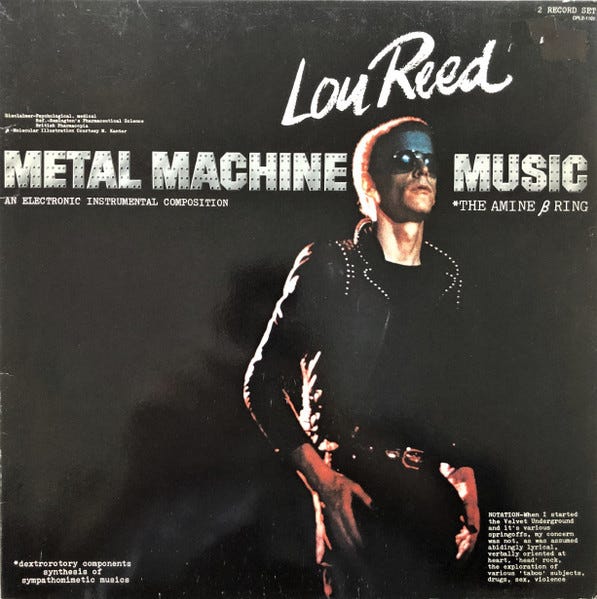
The Prisoner got McGoohan out of Danger Man—a very successful show that was threatening to usurp his entire professional identity. The wildly allegorical, unsolvable ending of The Prisoner—which according to McGoohan forced him to go into hiding for a time from all the puzzled and enraged viewers—got him out of one phase of his career and into another. It’s a little bit like Lou Reed making Metal Machine Music or Prince becoming The-Artist-Formerly-Known-As: artists using their art to get themselves out of professional and creative cul-de-sacs.
Artists, even collaborative artists, must be unmutual on some level if they are going to establish sustained contact with the inner life from which they will draw their most indelible images—images that then take root in and bloom in the inner lives of the artist’s audience (when all goes well). It’s strange that you have to separate yourself from daily life and the social connections that sustain that life in order to hear (yourself) and be heard (by others), but that’s the paradox of art.
No doubt that’s what moved me and continues to move me about a piece of pop culture that you might expect me to have outgrown. It is a vivid fantasia on a theme that concerns me deeply: how to pursue a personal vision while at the same time forging relationships with others. For a long time, I thought, as Number Six seems to think, that one had to come at the expense of the other. Yet the show itself testifies to Patrick McGoohan’s ability to enlist others in a personal vision and to share that vision with millions of others who came in some way to feel that Number Six’s story was also theirs.





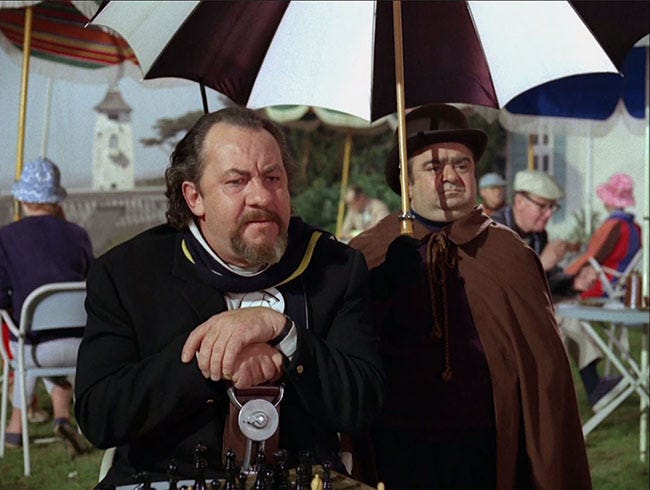

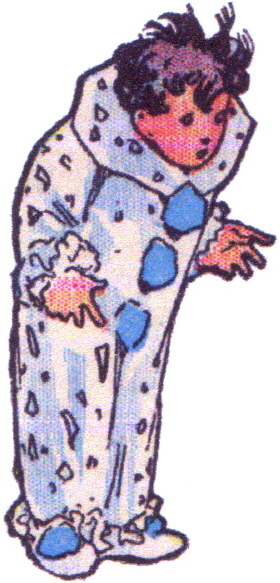
The Prisoner means a lot to me, too -- in 1971 or so it was the first cultural experience I shared with my father. I still love the show.
McGoohan was an intensely serious actor (and sometime writer/director) who understandably found the "John Drake" role confining (and refused the role of James Bond). The Prisoner gave him a way to break out within the confines of weekly telly, and to me it seems less akin to a spy spoof or a 1970s big-studio paranoia movie than to the theater of the time. The next-to-last episode, a parody of contemporary psychotherapies, is easy to picture as a one-act on Drury Lane.
Intriguing piece. I would not have connected Lost with The Prisoner since their opening imagery seems so different. Where the Prisoner looks out his window at an exaggerated English holiday village, Jack sees the blank slate of Crusoe’s island. But as a study of a “closed community,” as you term it, and one with a mystery at its heart, it makes perfect sense.
One thing that interests me about The Prisoner is the mini-era when it was made and how it perhaps represents, along with Casino Royale the same year (1967), the end of the spy thriller in its original form. Has a genre ever gone from heyday to parody as quickly as the spy story went from Dr. No (1962), The Man from U.N.C.L.E (1964), I Spy (1965), and The Spy Who Came in from the Cold (1965) to these?
By contrast, the traditional western seemingly lasted for decades and it was only the previous year that Leone was filming The Good, the Bad and the Ugly, the last of his trilogy of hybrids.
1966 was also the year of Blow-Up, another hybrid by an Italian director. And while the main character is not a spy, he does function as a kind of detached American-style detective in swinging London, with his pursuit of a truth only he believes in. And like The Prisoner and Lost, the story does not resolve satisfactorily for many viewers.